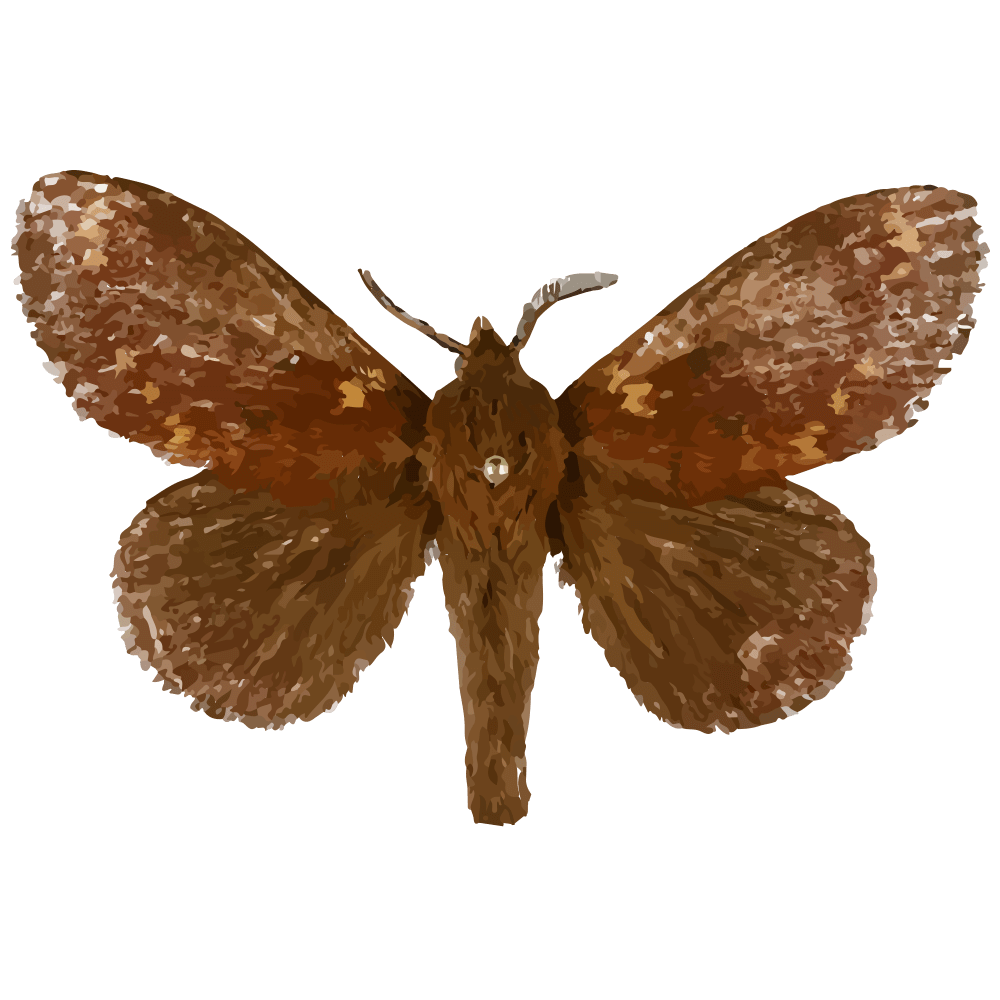


| Latin Name | Dendrolimus kikuchii |
| Common Name | Kikuchi Pine Moth |
| Biology | Adult moths are active at night and lay eggs on the needles of pine trees such as Pinus kesiya. The larvae feed on pine needles, with damage characteristics similar to those of the pine moth (Dendrolimus punctatus), often causing weakened growth in pine trees. They produce one generation per year, overwintering as larvae in bark crevices of pine trees or in ground weeds. |
| Damage | This pest primarily damages Pinus kesiya and Pinus yunnanensis, among others. |
| Distribution Regions | Japan |
| Monitoring | Pheromone lures mimic natural sex pheromones to attract male insects into specialized traps for population monitoring and suppression. As a core IPM component, monitoring enables early risk detection and targeted control. Mass trapping reduces mating opportunities to curb offspring populations. Protocols: ●Use only with matched traps. ●15-45 traps/hectare,replace/replenish every 4-6 weeks. ●Wear gloves or wash hands with detergent when switching lure types. ●Refer to trap-specific hanging instructions. |
| Recommended Traps | Delta Trap, Wing Trap |

Partagez vos coordonnées pour recevoir des solutions à phéromones adaptées avec précision. Si notre portefeuille existant ne propose pas la solution optimale, notre équipe de chimie de synthèse lancera un développement sur mesure – de la conception de la structure moléculaire à la production à grande échelle.